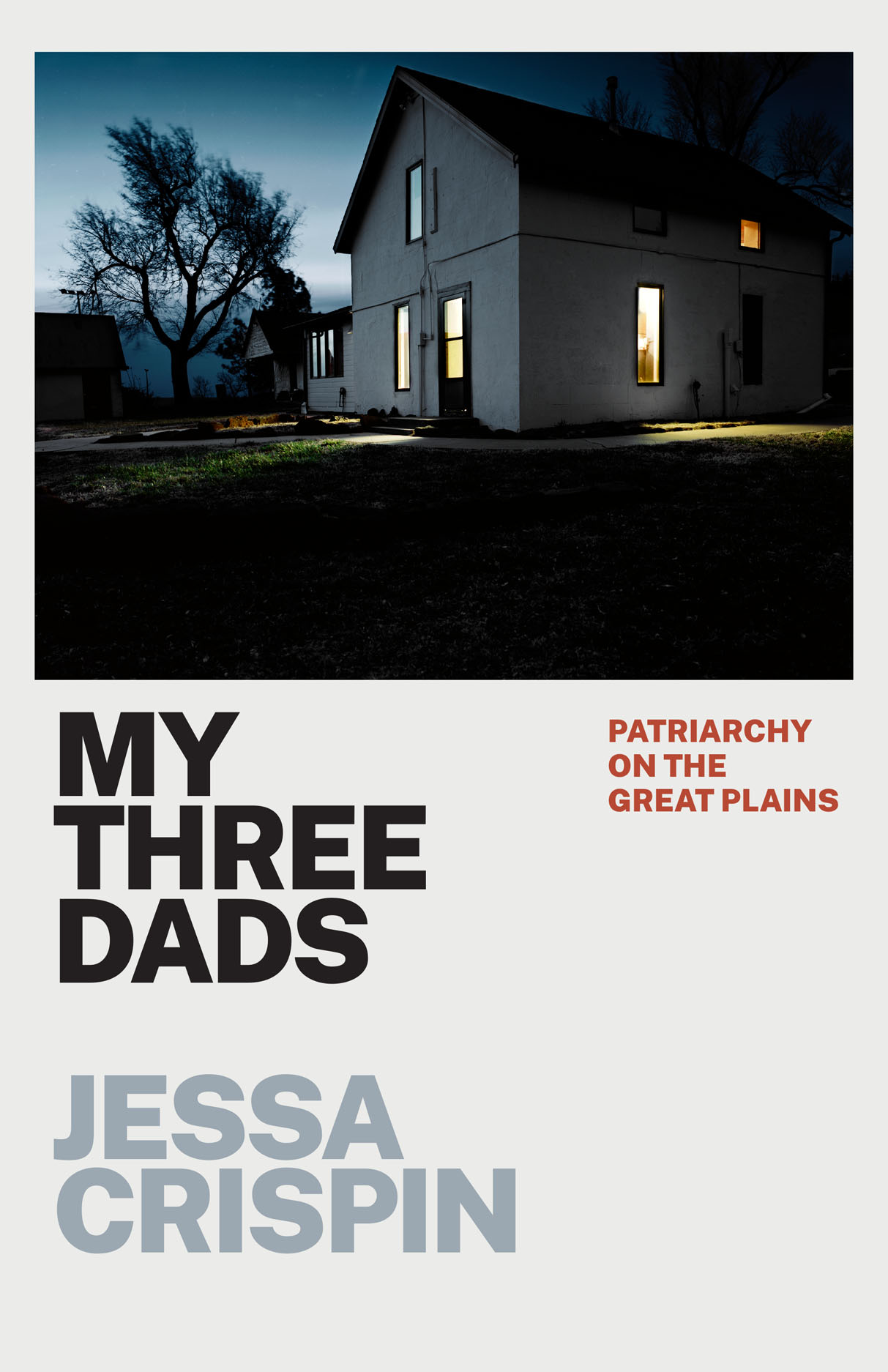
This was not what I expected. I mean that in as positive a way as possible. Let’s say that the three dads Crispin deep discusses in the book are not the fathers you might assume from the title. This is not a work centered on biological relationships or familial history; it is, rather, a genealogy of our present moment — Crispin’s response — to the very existential question: What in the biscuits is going on here? (Here being America or ‘Murica. Take your pick, it is somewhat fungible.)
Crispin’s answer is: No gravy. All biscuits, no gravy. From this reviewer’s position, Crispin hits it on the head of the nail pretty dead on. Told from a woman’s perspective, the response cannot but factor in gender and sexuality. A person’s lens is inevitably shaped by their experience of living within the patriarchy. And that’s Crispin’s big point IMO: We all live within a patriarchal world and we always have. It is highly likely we always will. Or, at least, those of us alive today always will.
[Side Note: It is likely Crispin wrote the bulk of this book prior to the recent SCOTUS ruling on abortion. It is interesting reading this in the wake of that decision, on the cusp of things going so very sideways. I would have liked to read Crispin’s view on that in these pages. Perhaps, next time, eh?]
Crispin’s My Three Dads is a long read essay, flowing from one chapter to another like a river, making turns at arbitrary, but logical loci. The book is split, however, into three major parts, one for each “father”. Dad One is a figure from Crispin’s past, a father figure or an archetype of a male/masculine figure we’ve all known or read about, the invasive species of man who erases women violently, silently, assuredly, simply through living their own lives. The act of being a man — in the midwestern definition — is a violent act toward women. Crispin mulls marriage and children, the banal locale of domesticity as the insidious, quotidian site of patriarchy; here, she admits to its wiles herself. The disguise is love, security, belonging.
Dad Two is the Citizen, in Crispin’s case, John Brown, a Kansan historical figure. But again, John Brown is the manifestation — one of many — Crispin write about it. She’s interested in the archetype again, but again these are men we recognize as living individuals: The White Men Who Feel Their Lack of Control And Lash Out. Politics becomes the platform for these men: the excuse for their rage and the subsequent tantrum. Reading this section was like watching a montage of the American news from the past thirty or so years. Crispin revives Waco, Timothy McVeigh, Nazis, Bolsheviks, bring the conversation to the present with references to unnamed mass shooters. Crispin’s point is made visible by the invisible: there’s no need to name any of the recent mass shooters of the past twenty years because these perpetrators (typically a man or a boy) are so commonplace as to collate into an archetype of their own.
Dad Three is God, but since that is too multicultural, too broadly applicable as a term, Crispin narrows it in: the Protestant God and, even more specifically, his human mouthpieces, Martin Luther. But this is really a discussion of the Church and the folk version of Christianity as it is practiced in the American Midwest. Crispin lost me a little here, but that may be because I can’t relate, having grown up in Asia where religion flavors life in very different ways. That said, having spent a significant amount of my adult life in the Midwest, Crispin’s cultural landscape is familiar.
Crispin critiques the patriarchal world we live in, but her point is its all-encompassing presence. The title says this is focused on the Midwest, but really, the world Crispin paints for us is easily recognizable as anywhere else in the United States. The title and structure of the book even performs Crispin’s point: the world revolves around man and men and their needs, desires, rages. My Three Dads is a snapshot of what it means to be American — but, a caveat on that: The people in Crispin’s work are white. She doesn’t really say this, but she does through silence and implication. The book focuses on the Midwest, after all, and that is the heartland of whiteness, despite the millions of non-white people who reside there now and have historically shaped Americanness. So, let me rephrase: My Three Dads is a snapshot of White Americanness, the kind typically performed, desired, and domiciled in (but not confined to) the American Midwest. But this doesn’t mean this is just about or for white people; People of color have to live in a white world, after all. My Three Dads is a worthy expenditure of time for any reader interested in the question: What in the bisuits is going on in America today? The answer will either confirm what you already know or ricochet off someone you know.
